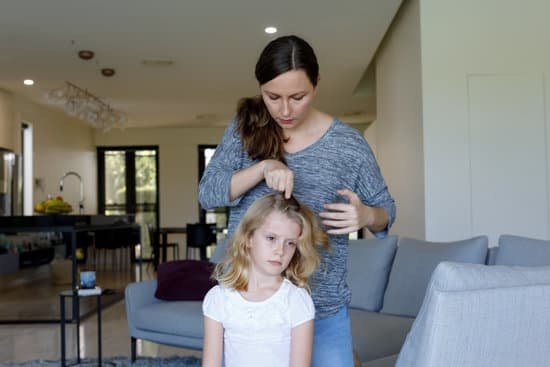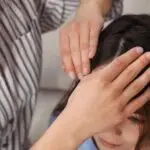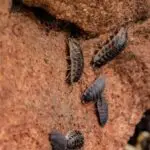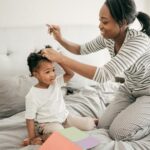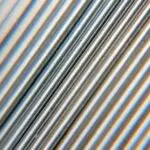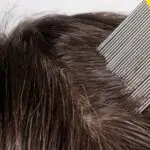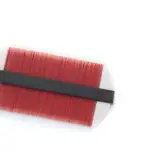How Do Head Lice Turn Into Body Lice?
While head lice feed on the scalp, body lice feed on the rest of the body, often living in the creases of dirty clothing. Fortunately, researchers have shown that these two types of lice are the same species. By analyzing highly variable genetic sequences, they found that there was no way to differentiate the two types.
Head lice are most commonly found in children and are spread from person to person through head-to-head contact and the sharing of personal items. The best way to prevent head lice is to avoid contact with other people and to wash your clothes frequently. However, if you find yourself in contact with someone infested, you should try to avoid this contact if possible.
If you have a family member or friend who has a confirmed case of head lice, you can apply a topical treatment to get rid of them. You can apply petroleum jelly or olive oil to the contaminated area of the head. However, these treatments do not always work and you should seek medical advice before trying them.
In the early stages of infection, head lice appear as live lice or nits. They remain attached to hair for a couple of weeks, and the eggs hatch out. During this time, an adult female louse will lay a few eggs a day. These eggs are grayish white and stick to the hair shaft. As the hair grows, the nits may grow out farther away from the head.
